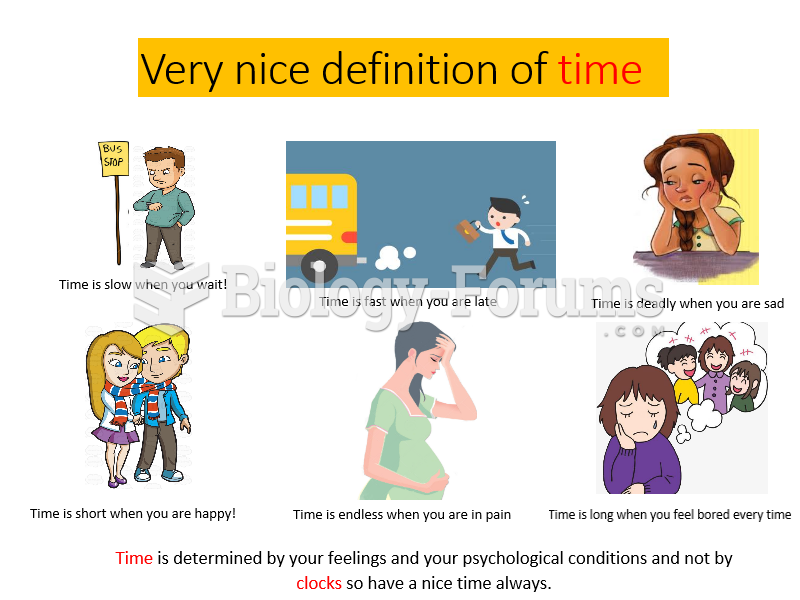Answer to Question 1
True
Answer to Question 2
Clients must be directed to disclose any and all information so that accurate data may be included on petitions and schedules. Disclosure also requires clients to inform the law office immediately of any changes that occur after the petition has been filed and during the pendency of the bankruptcy case. The attorney must have a frank and candid discussion with the client of the implications of the failure to disclose truthful information and should warn the client not to incur any further debt unless the attorney is consulted. Clients should be encouraged to be truthful with all disclosures and warned that failure to do so could not only result in dismissal of the case but could also lead to criminal penalties. Clients should be warned that what appears on social media could negatively affect their bankruptcy case. Trustees, creditors, and third parties may have access to information that could later backfire for the debtor. Setting high privacy settings will not help because creditors and trustees may subpoena social media sites for access to information, or third parties such as ex-spouses may have access through friends and family who simply print copies of the offending content. New bankruptcy clients should be given a copy of the mandatory disclosures found in 11 U.S.C. 527. The disclosure agreement is a document that lists all the mandatory disclosures required in Section 527. It should be read to the client during the initial meeting, and then the client should be asked to sign the agreement, which will be filed for safekeeping.
The disclosure agreement should also include a notice of non-representation. This is a clause in the disclosures that informs the client that the attorney-client relationship is not established until the client signs a retainer agreement and pays the attorney's fee.
The client must also be given a copy of Bankruptcy Form B201A in accordance with 342(b) of the Bankruptcy Code. This is a preprinted notice that briefly describes the services available from credit counseling services and the purposes, benefits, and costs of the four types of bankruptcy proceedings; it informs the client about bankruptcy crimes and that the U.S. Attorney General may examine all information the client supplies. The client then signs Bankruptcy Form B201B, which is a certification that states that the client received and read the notice. A copy should be made for the client, and the originals are filed with the bankruptcy petition.
A retainer agreement is an agreement between an attorney or law firm and a client to provide the client with legal services. Retainer agreements are required by law and memorialize the role of each party in writing. They should be written in plain language and easy to read so clients understand what they are signing. Retainer agreements can make arrangements for fees to be paid in flat fee arrangements, payment plans, or hourly fees.
Bankruptcy Code 11 U.S.C. 329(a) and Fed. R. Bankr. P. 2016(b) requires attorneys representing debtors to disclose the compensation paid or agreed to be paid, if such payment or agreement was made after one year before the date of the filing of the petition, within 15 days after the case is filed. A statement of attorney's fees is filed with the bankruptcy court and served on the U.S. trustee.







